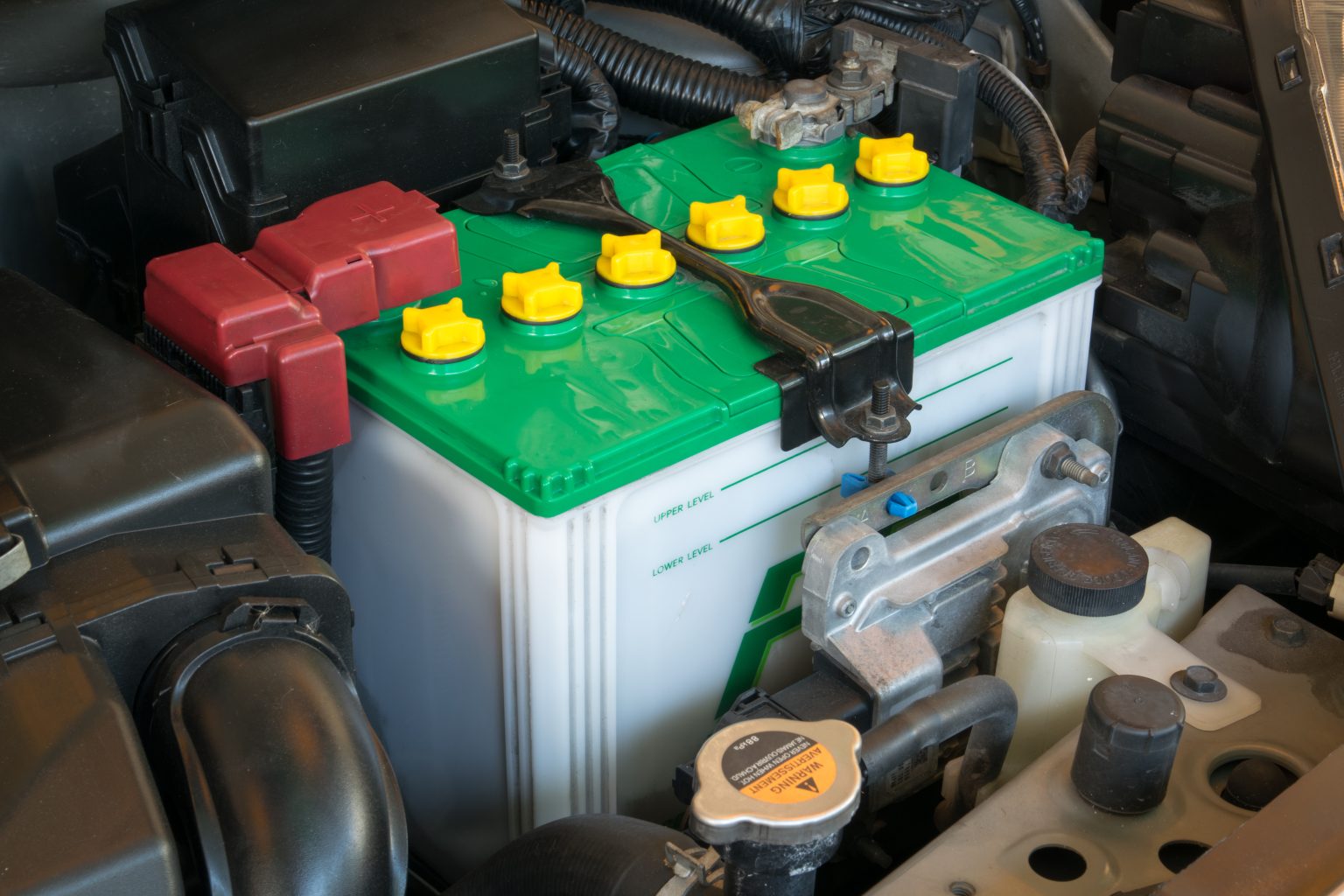Emergent battery technologies
Batteries are the future we’re heading towards. Electric vehicles (EVs) have made up 10% of global vehicle sales in 2022, and that percentage is expected to reach an impressive 30% by the decade’s end. Policies worldwide are actively promoting this transition by investing billions into battery manufacturing facilities and incentivizing EV purchases. The US, along with various EU states, has plans to ban gas-powered vehicles by 2035.
However, this transition needs a considerable amount of batteries – better and cheaper ones. At present, most EVs use lithium-ion batteries, a rather old yet trusted technology also present in laptops and cell phones. Decades of research and innovation have enabled us to cut down the cost and enhance the efficiency of EV batteries. Lithium-ion batteries are also finding newer applications, such as electricity storage on grids and balancing out intermittent energy sources like wind and solar.
As the demand for electric vehicles and renewable energy sources continues to rise, the need for improved battery technology is becoming more pressing. Both academic labs and companies are currently working to enhance the capacity, charging time, and affordability of batteries. This will ultimately result in even cheaper batteries that offer more cost-effective energy storage for the grid and enable electric cars to travel much greater distances on a single charge.
However, concerns over the supply of essential battery materials, such as cobalt and lithium, are prompting companies to explore alternative options to the standard lithium-ion chemistry.
With battery development exploding alongside the demand for EVs and renewable energy, it’s clear that batteries will play a critical role in our transition to sustainable energy. To find out what advancements to expect in battery technology by 2023, keep reading.
A Radical rethink
Discover the Future of EV Batteries: What to Expect in 2023 and Beyond
Exciting developments in electric vehicle batteries are happening right now, and they could revolutionize the industry by 2023. One promising development is the solid-state battery, which replaces the traditional liquid electrolyte with solid materials like ceramics. This innovation offers greater energy density, longer range, and faster charging times for EVs. Not only that, it’s also promising to improve safety by reducing the risk of fires that can happen in conventional batteries. Keep your eyes peeled for this potential game-changer!
The race to improve battery technology is on, with solid-state batteries and sodium-ion batteries making major strides. While solid-state batteries using lithium metal are seen as a leading candidate for commercialization and have secured significant funding, there are concerns about their degradation over time and manufacturing difficulties. Nonetheless, companies like Quantumscape and Solid Power are making progress and delivering samples to automotive partners for testing. On the other hand, sodium-ion batteries are not expected to greatly enhance performance, but they may reduce costs due to their reliance on more affordable materials like sodium. However, it remains to be seen whether they will be able to meet the needs for EV range and charging time, prompting some companies like Natron to focus on lower-demand applications like stationary storage and e-bikes. While it’s unclear which technology will eventually dominate, the competition to create more efficient, affordable, and sustainable batteries is bringing exciting new developments to the industry.
Electricity storage demand is on the rise as more renewables are installed, but the market for stationary grid batteries is only about one-tenth the size of the EV battery market. Lithium-ion batteries, commonly used for stationary storage, aren’t the best fit for the job. Rather, cost-cutting is the primary focus for stationary storage, meaning new battery chemistries are likely to emerge. One such rising star is the iron battery. Two companies, Form Energy and ESS, are developing iron batteries that use water-based electrolytes and reversible rusting to store energy. Construction on Form Energy’s $760 million manufacturing facility in West Virginia is set to begin in 2023, while ESS is already manufacturing at its Oregon headquarters.
Shifts within the standard
Lithium-ion batteries have been improving in both performance and cost, but researchers are still enhancing the technology to make it even better. One driving factor is the volatile prices of battery materials, which may lead to changing battery chemistries to cut costs. Cathodes, in particular, are often the most expensive component of a battery, with NMC being the dominant cathode material in EV batteries. However, recent advancements in lithium iron phosphate (LFP) chemistry and manufacturing have made this low-cost material an increasingly popular alternative, with LFP batteries now accounting for 40% of the global EV market. Not only are researchers developing alternative cathode materials, but they’re also exploring anode makeovers. Silicon anodes, which can increase energy density and speed up charging, have historically had a short lifespan. But now, companies like Sila and OneD Battery Sciences are expanding production of silicon-based anodes and may introduce them to EV batteries as early as 2025.
Policies shaping products
The Inflation Reduction Act of 2022 allocates a large sum of nearly $370 billion for climate and clean energy projects, including EV and battery manufacturing. This Act will provide loans and grants to battery makers in the US to increase their capacity, while the EV tax credits incentivize automakers to source battery materials locally. The increased focus on battery production will result in a rise in demand for key ingredients such as lithium, cobalt, and nickel. This has caused a surge in interest in battery recycling, with companies like Redwood Materials and Li-Cycle building facilities to separate and purify key battery metals. With the influx of funding, 2023 will be a significant year to watch in the EV and battery industry. This story is a part of MIT Technology Review’s What’s Next series, where we explore industries, trends, and technologies to provide you with a glimpse into the future

